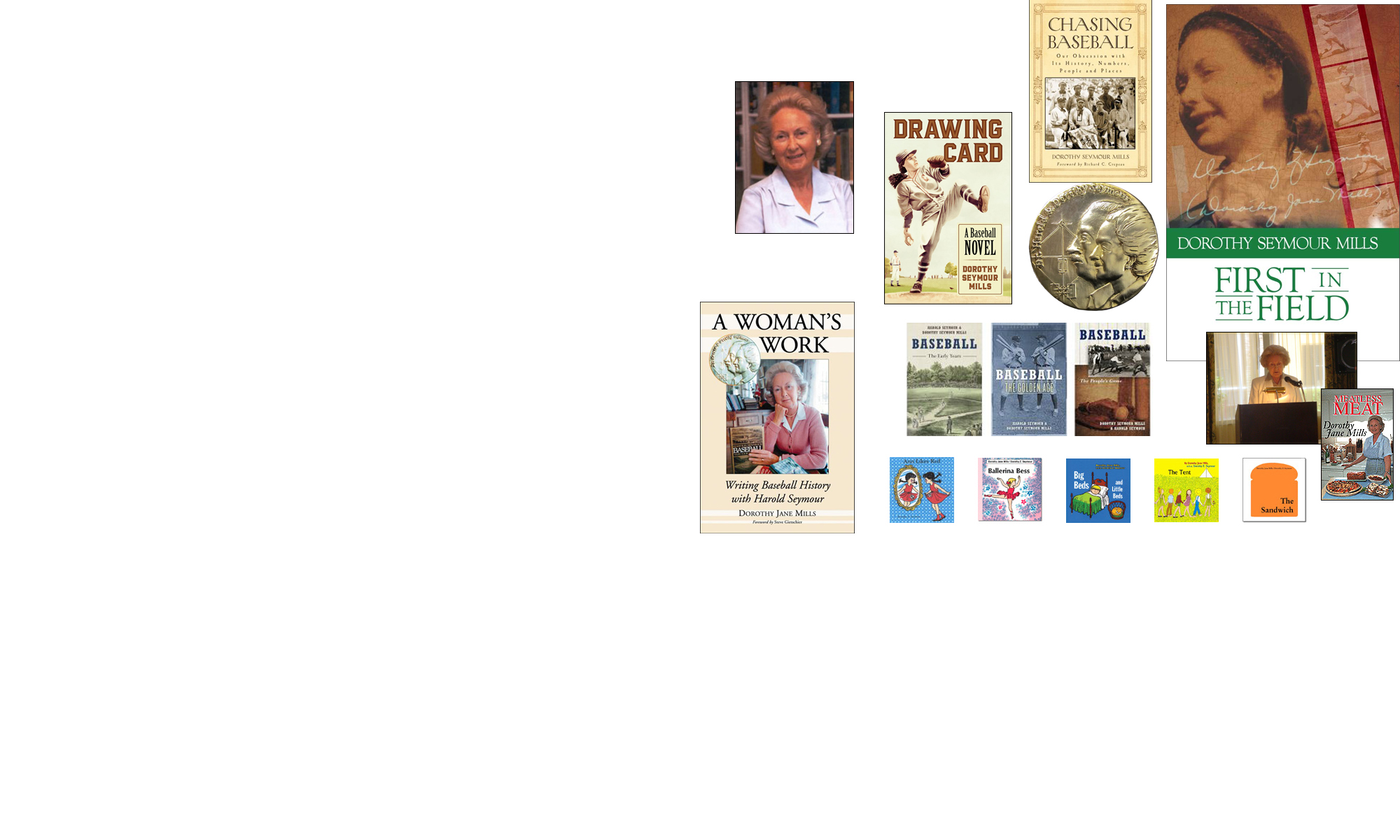Children are still being taught that baseball history equals the exploits of a few excellent male players.
Last week, when I was in Cooperstown giving the keynote speech at the Fred Ivor-Campbell Conference of 19th-Century Historians, I stopped in the bookstore at the Hall of Fame. Examining the books offered for children, I came across one called The Story of Baseball Coloring Book. Wow, I thought, the story of baseball for kids who are still learning to color within the lines.
Opening it, I found that the book consisted of a group of 45 outline pictures of male professionals, starting with Cy Young, who played 1890-1911, and ending with Willie Mays, whose career spanned 1951-1973.
So kids just beginning school are learning that the story of baseball begins in 1890, with fully uniformed professional male players, and ends with Willie Mays in 1973.
My enthusiasm faded away. For me, the Story of Baseball begins in the 1800s with children wearing their day clothes and playing in vacant lots; young men enjoying their play on simple baseball fields and wearing old-timey uniforms with knickers and striped sox, the shirts closed with strings, the caps flat on top; and young women playing in meadows wearing long skirts, baseball tops, and caps that perched on their high hairdos. And the story of these three groups changes until it develops into today’s players.
Wouldn’t that be a lot more colorful and intriguing than starting with the professionals who played 30 years later? More colorful — and more accurate.
By all means include the professional males. But don’t leave out the children, the young women, and the fellows who played just for fun. They are part of The Story of Baseball right from its beginnings in this country.
The author of this coloring book, produced by Dover Publications, has also published two other coloring books, one on the Old West and another on the Apache Wars. I haven’t examined them, but I think I’ll skip buying them for children I know who are learning about the past.
